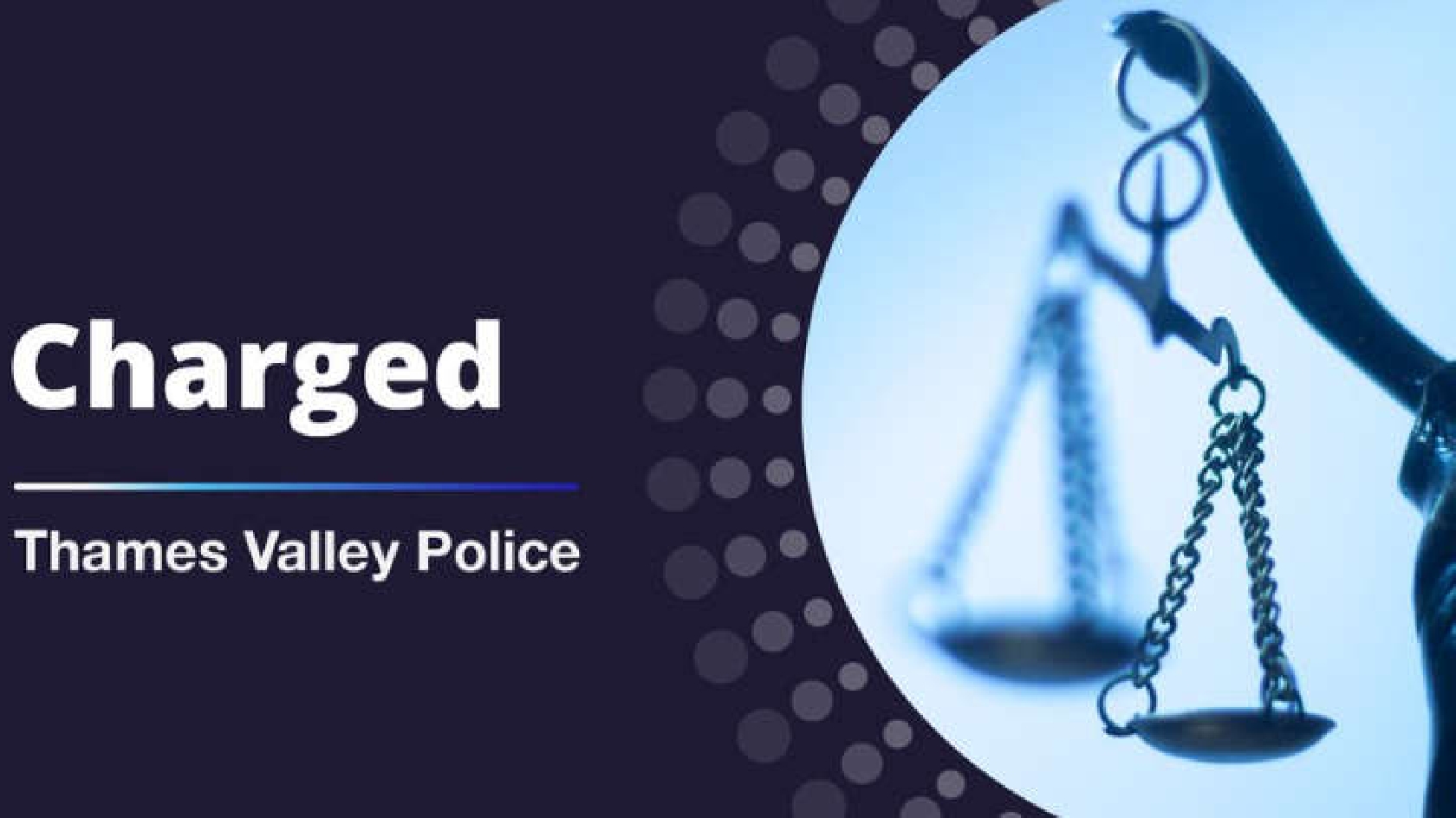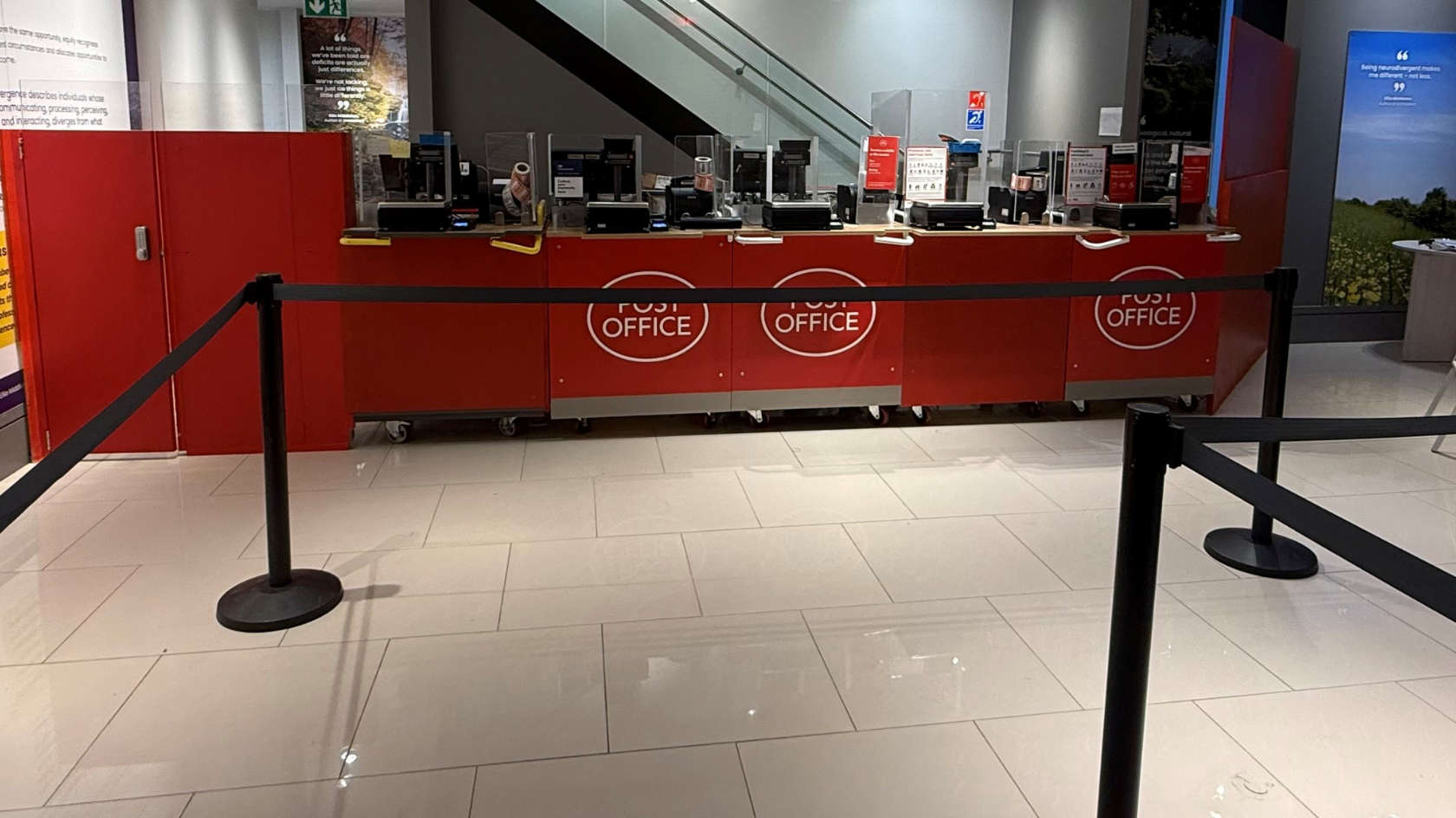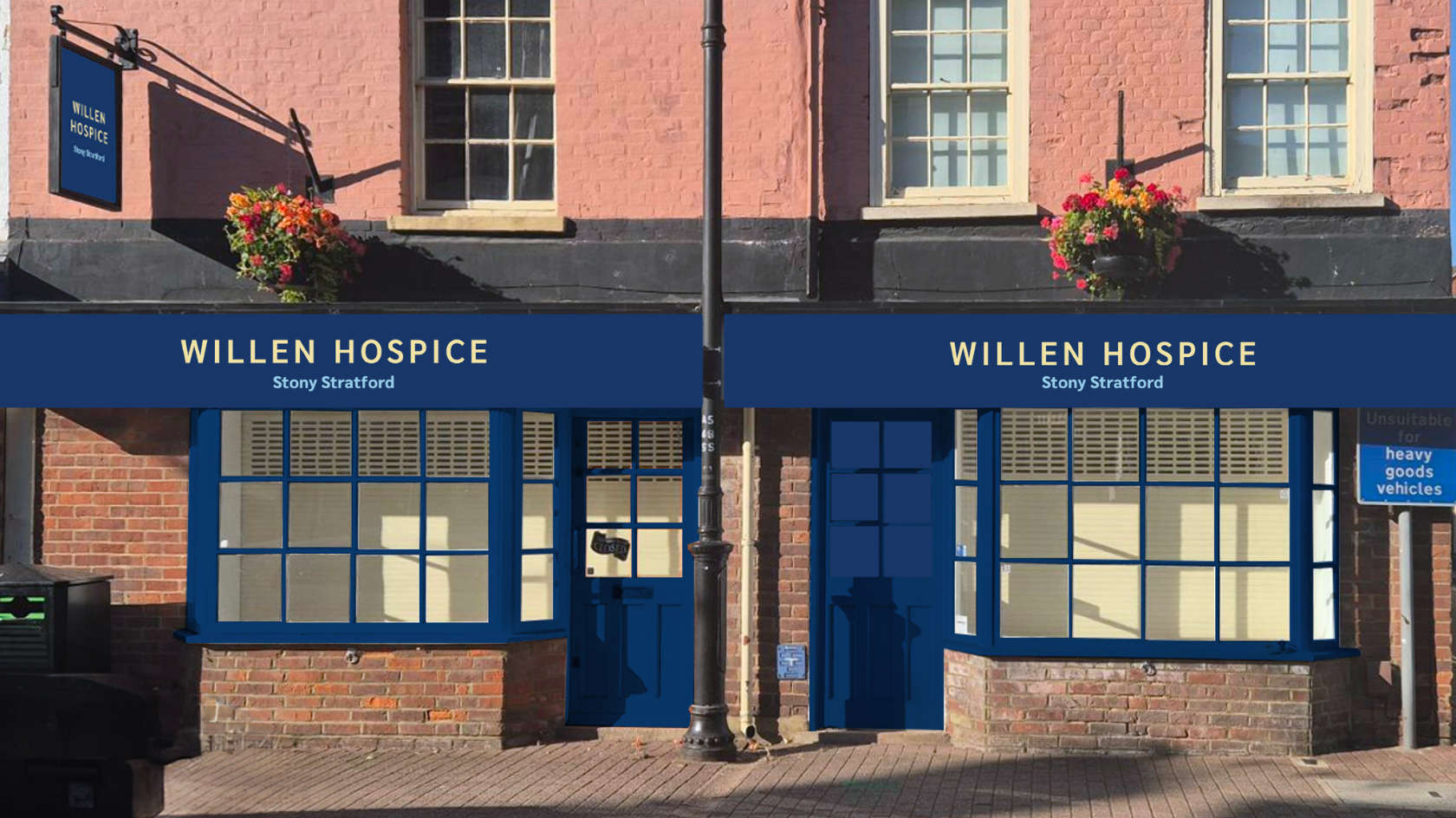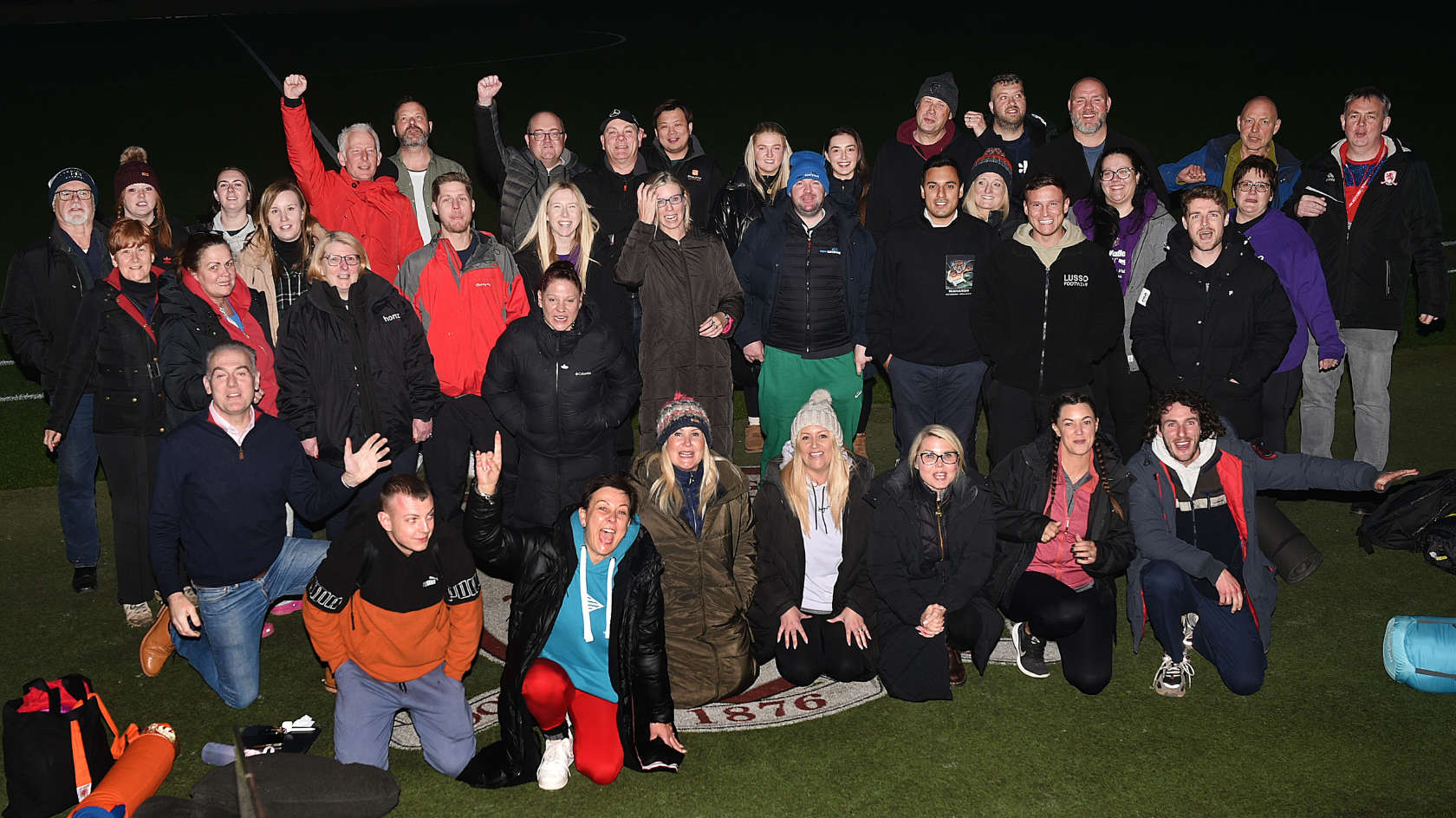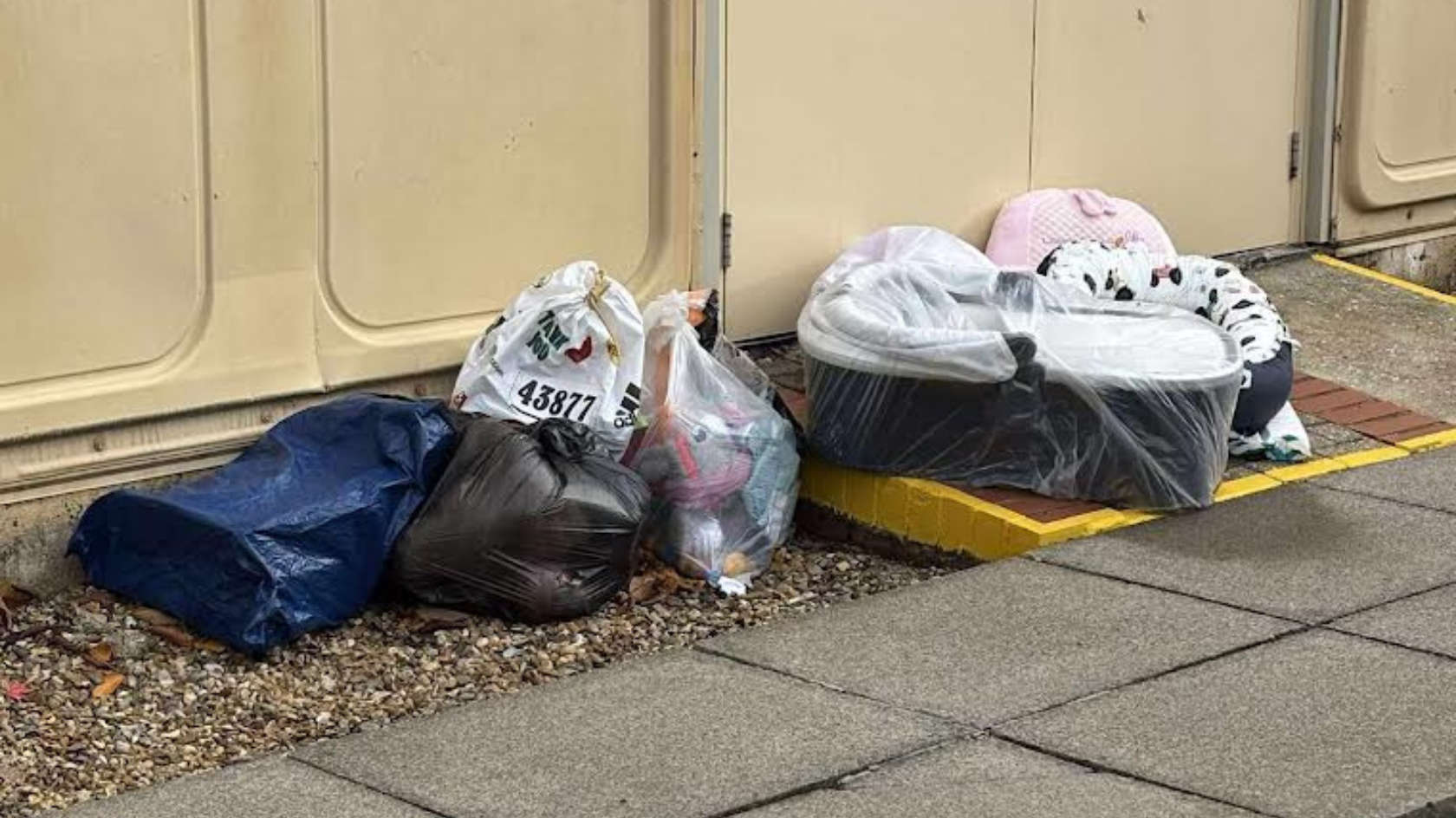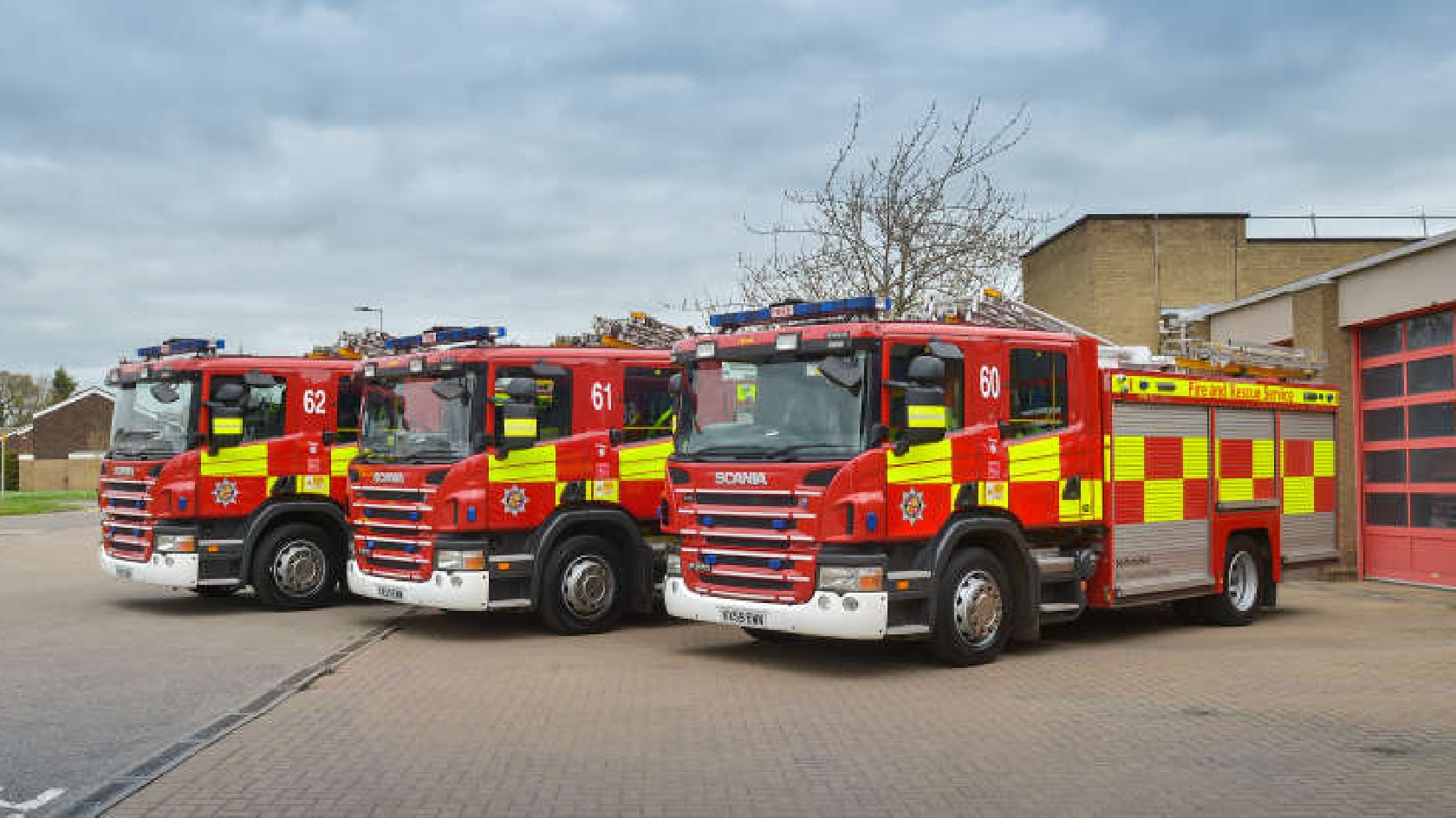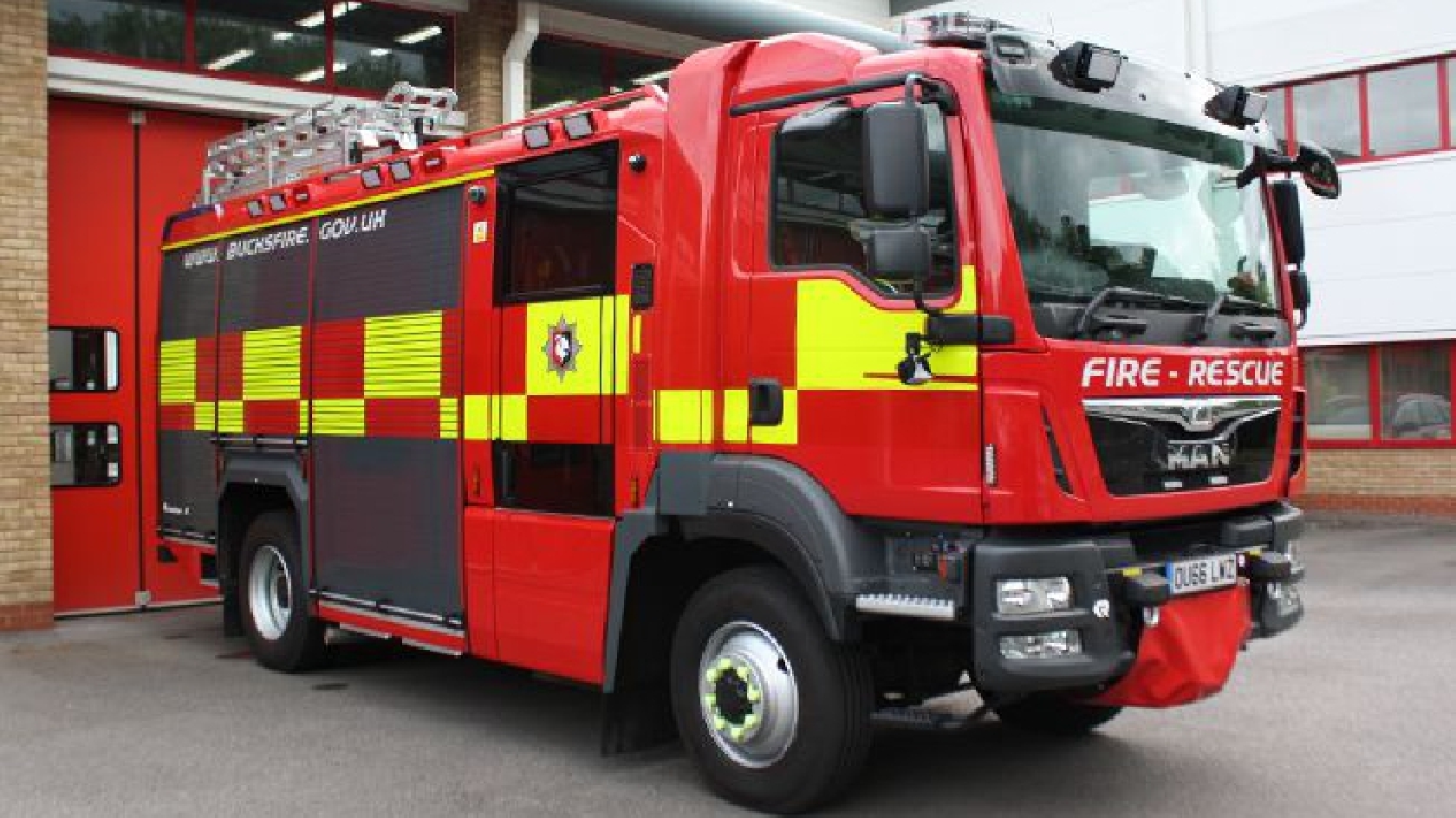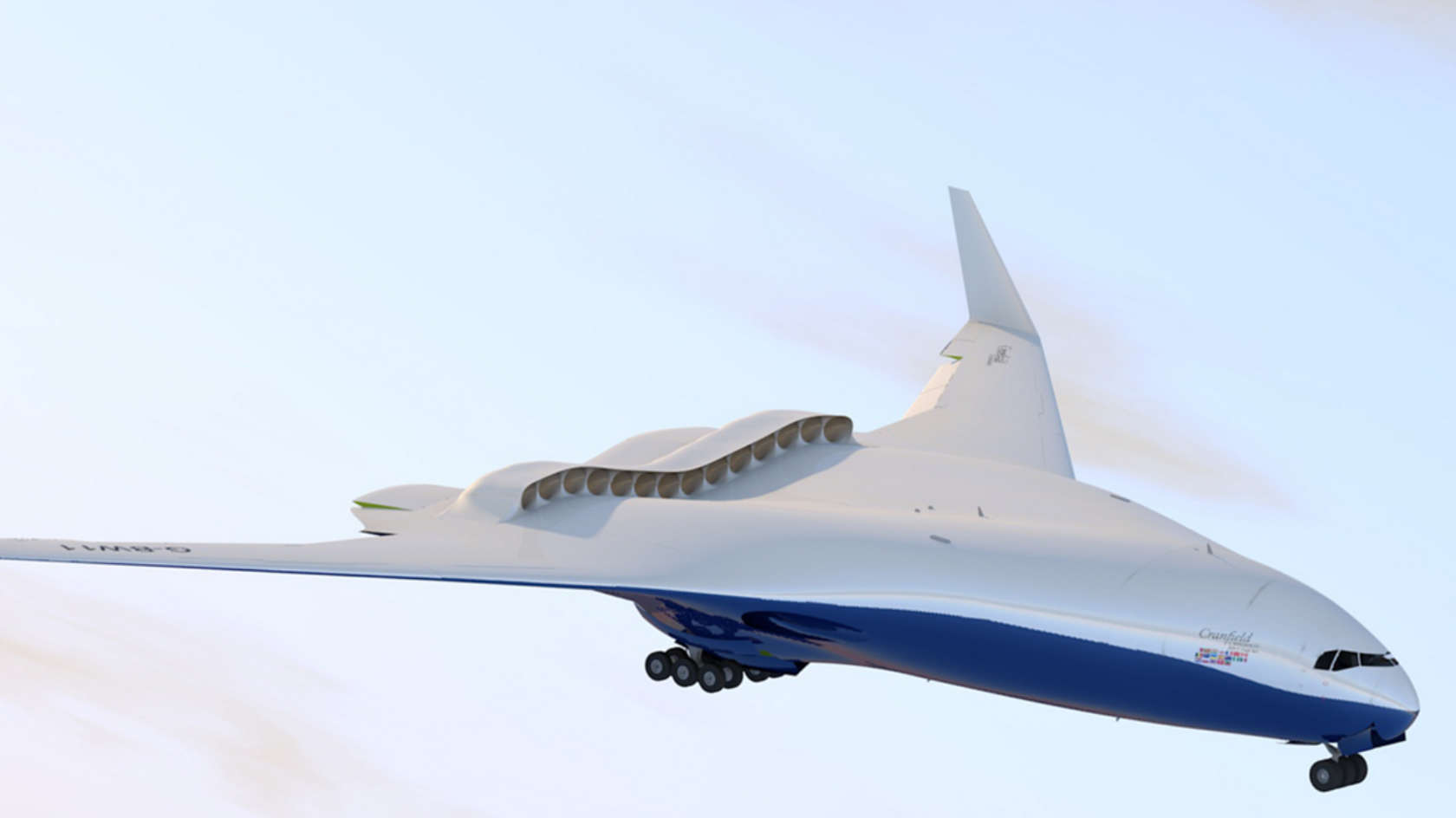
Volunteers needed for aircraft evacuation trials: Step into a plane of the future at Cranfield.
- Evacuation trials in early February will give people a glimpse of future plane designs
- 800 people already signed up, but more volunteers are needed
- Participants will be helping to shape the future of aviation safety
If you haven’t heard of an aircraft evacuation trial before, it’s exactly as it sounds – a group of people get on either a real or mock-up plane and are asked to evacuate in a simulated emergency. But while many evacuation trials focus on current planes like the one that’ll carry you off to your Summer holiday, this trial is a little different. Actually, that’s under-selling it. This is a lot different.
Using a purpose-built, unique mock-up of what the inside of a passenger plane will look like in a decade’s time, the 2025 evacuation trials at Cranfield University are your chance to have a first glimpse of the future of aviation. The aircraft design for this trial has a blended wing body structure, where there is no clear divide between the wings and main body of the plane. It is a cutting-edge concept which, we promise you, looks and feels nothing like the plane you’d get on for a short haul hop to Tenerife.
Already, over 800 people have signed up to take part – but it’s not too late to join them, as we’re still recruiting volunteers.
Starting in February, Cranfield University and the University of Greenwich are running these next-generation evacuation trials and are looking for volunteers between 18-65 years old to take part. Each person will be needed for around four hours on their chosen day, and the trials will take place on the campus of Cranfield University in Cranfield, Bedfordshire.
As well as food and refreshments, each participant will get a £10 Amazon voucher as a token of appreciation for volunteering. Trials like this can’t be run without people generously giving up their time, and they make a tangible difference to plane design and aviation safety, so you’ll be part of something that will benefit millions of travellers for years to come.
How does it work, exactly?
If you’re still wondering exactly what an evacuation trial consists of, here are a few more details. Participants will take their seats and receive a pre-flight safety briefing from cabin crew. At some point afterwards, there will be an instruction to evacuate due to an unspecified emergency. Everyone will be asked to quickly but safely make their way to an exit. It’s also important to know:
- The cabin mock-up will be stationary at all times and is ground-based. There are no stairs to board or disembark.
- Audio will be used in the cabin to simulate engines starting, taxiing and take-off.
- Smoke will not be used in the cabin to simulate and emergency.
- Emergency evacuation slides will not be used.
- Each evacuation trial will involved a large number of people, so you must be comfortable in crowded places.
- Your behaviour in the cabin will be recorded by overhead cameras.
- Each participant will be involved in three evacuation trials during the day.
After exiting the cabin mock-up, participants will be asked to fill in a questionnaire about the choices they made while evacuating. Those answers will give the team from the University of Greenwich valuable information, helping them to guide the aviation industry in developing new aircraft designs and safety protocols.
If you want full information on the trials, or would like to sign up, then you should check out the evacuation trials page on the Cranfield University website.


